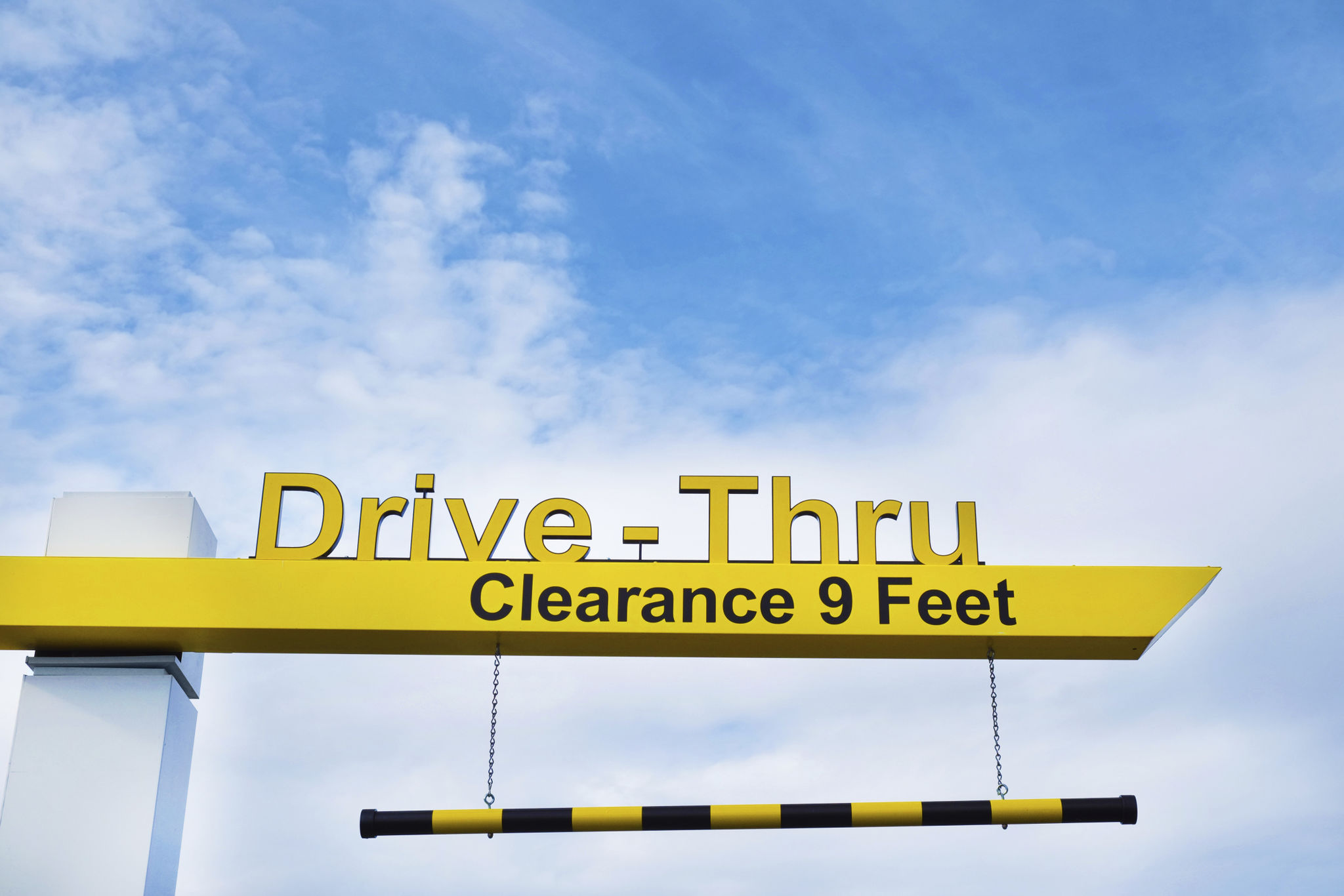Drive-Thru 2.0 "End of Wait Times"
“Drive-Thru 2.0: How Project F.L.O.W. is Ending the Line for Good”
By Candace Goodman, for The Good Blog
We’ve all been there. Trapped in the drive-thru line at Starbucks or Chick-fil-A, scrolling through our phones, slowly inching forward while our patience and productivity wither. For something that’s supposed to be “fast food,” it sure feels like slow torture.
But what if I told you the long wait, the inefficient order-taking, and the pickup window chaos could all be solved—today?
Introducing Drive-Thru 2.0, powered by a system I call Project F.L.O.W. (Fast Lane Optimization Workflow). It’s not a gimmick or futuristic fantasy—it’s a real, practical reengineering of how drive-thrus should function in 2025 and beyond.
Let’s walk through how it works, and why it’s going to completely change how you get your morning coffee or late-night burger.

The Problem: An Outdated System in a Real-Time World
The current drive-thru model hasn’t evolved much since the 1970s. One lane. One speaker box. One pickup window. Maybe two if you’re lucky.
And yet, restaurant chains now handle digital orders, mobile payments, loyalty programs, and complex menu customizations—all on a system designed before smartphones even existed.
That’s where Project F.L.O.W. comes in. It’s a smarter, more flexible, tech-enhanced approach to drive-thru logistics designed to bring the process down to 90 seconds or less, even during rush hour.
How Drive-Thru 2.0 and Project F.L.O.W. Work
1. Predictive Ordering Before You Arrive
Your mobile app already knows what you like. Project F.L.O.W. uses order history, time of day, and location data to prompt you to order before you even pull into the lot.
“Hey, ready for your regular caramel macchiato?”
One tap, and the order is live before your wheels touch the pavement.
This creates a rolling pipeline of incoming orders that the restaurant can begin prepping in advance.
2. Geofencing + Smart Queue Assignment
Once you enter the restaurant’s geofenced zone, your vehicle is instantly recognized and tagged. Project F.L.O.W. assigns you to the optimal lane based on order complexity, kitchen load, and real-time traffic in the lot.
There are now three dynamic lanes:
🟢 Express Lane: For drinks and snacks (orders under 60 seconds)
🟡 Standard Lane: For full meals or common combos
🔴 Flex Lane: For custom orders or multi-person meals
This eliminates bottlenecks caused by one complex order holding up ten simple ones.
3. Automated, Contactless Payment
As soon as you enter the zone, your app processes payment automatically using your saved method (Apple Pay, Google Pay, etc.). No more fumbling for your wallet, waiting for the card reader, or dealing with “cash only” moments.
4. AI-Orchestrated Kitchen Workflow
Here’s where things really speed up. Once your order is confirmed, Project F.L.O.W. syncs it directly with the kitchen.
Prep begins before you reach the window—timed precisely to your estimated arrival at the pickup point.
The system routes food stations by order priority, balancing drink prep, hot food, and packaging to ensure everything is fresh and ready—not sitting or rushed.
5. Multi-Window Pickup System
Forget the single-window backup. Drive-Thru 2.0 supports multiple pickup bays, each with its own smart screen and routing instructions.
As your car pulls into the lot, a notification directs you:
“Please proceed to Bay 3. Your order will be delivered in 20 seconds.”
Staff meets you at your bay with your order, confirms your car or code, and you're on your way—no waiting, no mistakes.

The Results (Yes, We Modeled It)
With Project F.L.O.W., even the busiest restaurants can reduce average drive-thru times from 6-10 minutes to under 90 seconds, without sacrificing accuracy or food quality.
✅ Order Accuracy: 99%
✅ Drive-Thru Wait Time: 60–90 seconds
✅ Employee Efficiency: Up 40%
✅ Emissions from Idling Cars: Down 60%
✅ Customer Stress: Down significantly (but we’ll let your coffee measure that)
So, Why Hasn’t It Happened Yet?
The short answer: most restaurant chains are focused on revenue, not infrastructure rethinking. But with tech now affordable, modular, and already integrated into mobile ordering, the barrier isn’t capability—it’s will.
The longer they wait, the more customers they lose to brands that get it.
Your Time Is Valuable. Now It’s Protected.
Drive-thrus weren’t broken because they were slow—they were broken because they stopped evolving.
With Drive-Thru 2.0 and Project F.L.O.W., we finally have a system that respects your time, rewards your loyalty, and makes the drive-thru feel like a smart solution again—not a backup plan.
So the next time you're racing the clock, remember: the fix is already here. All it takes is a little innovation—and a whole lot of flow.
You’re welcome.
— Candace Goodman